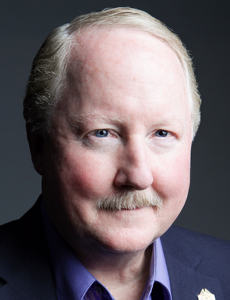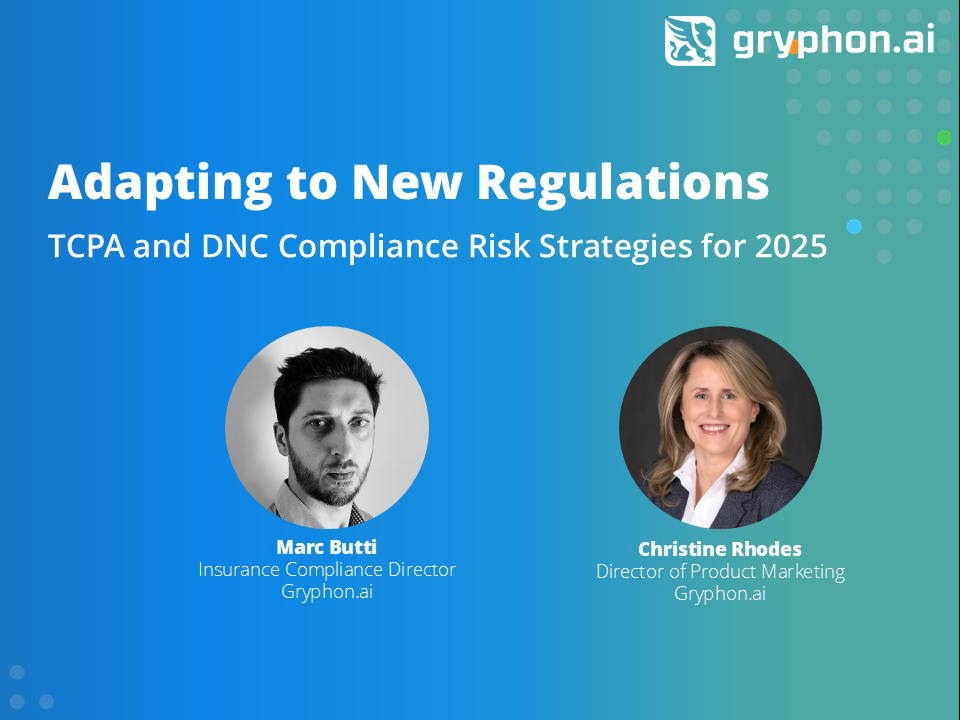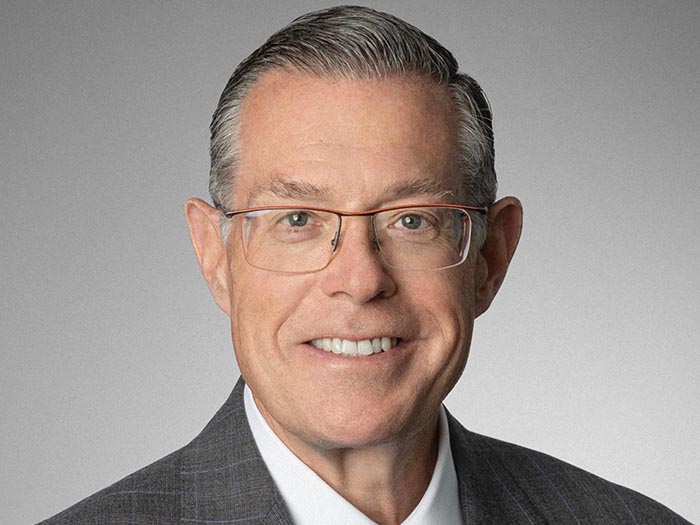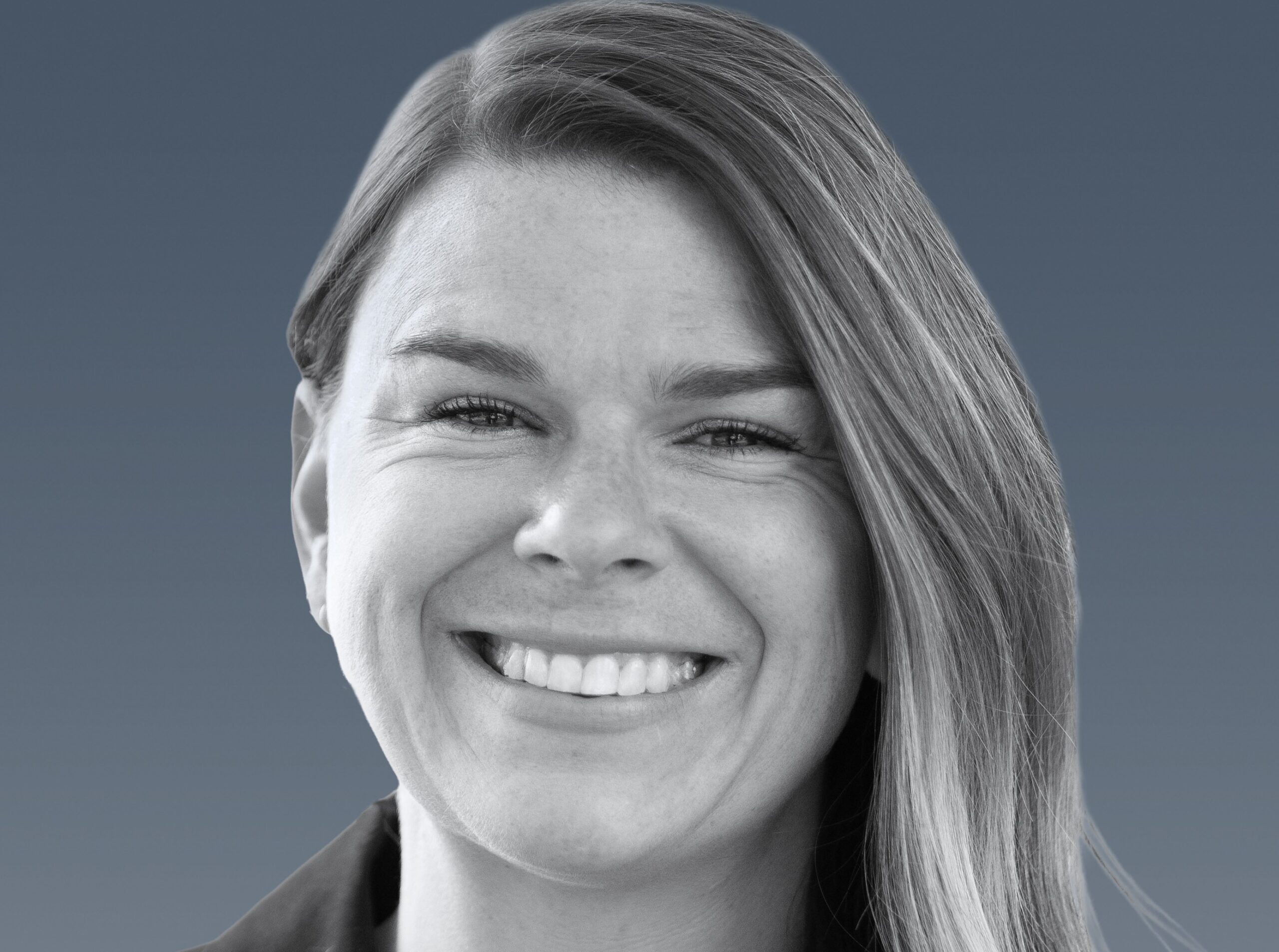Sedgwick Breaks Down the Lasting Effect COVID-19 Presumption Laws Will Have on Workers’ Comp

A whitepaper recently released by the Sedgwick Institute discusses the use of presumptions in the workers’ compensation system, emphasizing the history behind them and the expanded use of legal presumptions as a result of the COVID-19 pandemic.
In particular, Sedgwick argues that “overuse of the presumption risks tipping the grand bargain balance away from its creator’s original intent and increasingly toward inequity between stakeholders.”
The whitepaper, entitled American workers’ compensation – a study in disparities and the expanded use of presumption, and authored by Sedgwick Institute Visiting Fellow David Langham (Deputy Chief Judge, Florida Office of Worker’s Compensation Claims) and Sedgwick Institute Director Chris Mandel, makes its position with respect to the COVID-19 pandemic clear from the outset.
The paper contrasts COVID-19 with historical pandemics such as the plague and cholera, and points out that, “As of May 2020, COVID-19 is not yet even the most significant viral threat of our lifetime, that being human immunodeficiency virus (HIV), which currently infects about 40 million worldwide and killed an estimated 770,000 in 2018.”
The Sedgwick Institute does acknowledge the ongoing threat of COVID and its range of effects, particularly as they affect workers on the frontline, however.
Sedgwick takes pains within its general history of the workers’ compensation system to address the history of occupational disease coverage, noting that occupational diseases were originally defined as not “ordinary diseases of life, “or “to which the public was not ordinarily exposed.”
Debate still exists regarding occupational disease, with some stakeholders opposed to the coverage of things like hearing loss or heart attacks without significant evidentiary support that indicates a link to the workplace.
Sedgwick acknowledges that longstanding legislative debate, stating that: “Those who would lament the addition of such occupational disease to workers’ compensation systems and who view it as an inequitable additional liability, should remember that the employers enjoyed a corresponding immunity from civil liability based upon the ostensible unavoidable presence of these substances in their workplaces.”
The Rise of Presumptions
Sedgwick traces the rise of presumptions in workers’ comp to efforts aimed at “levelling the playing field” and removing the “benefit of the doubt” that injured workers enjoyed until the late 20th century.

Chris Mandel, director, Sedgwick Institute
This shift in and of itself was also a balancing act though — as injured workers took on an increased burden of proof, “legislatures were beginning to adopt presumptions of compensability in favor of certain workers for certain conditions.”
These workers and those conditions almost exclusively applied to first responders, an obvious choice due to their necessity as public servants, and not always because of special and specific exposures. Sedgwick delineates the debate as follows:
“First responder” presumptions simply establish that benefits are due until and unless another party (the employer) proves that they are not.
Generally, the presumption shifts the “burden of proof,” without significantly changing the underlying law of the jurisdiction regarding compensability. As these laws provide favorable treatment to select specified occupations or workers there is an imposition of disparate treatment by government.
Some workers are thus treated better than others, with the implication that thus society values them or their service more than others.
COVID-19 Financial Risks: Immediate, Intermediate, and Long-Term
Langham and Mandel link the financial risks, both macroeconomic and microeconomic, to executive orders and other such action creating a presumption, even be it rebuttable, to COVID-19 coverage under workers’ comp.
The immediate risks, they explain, are related to the federal quarantine requirement covering the 14 day incubation period for the novel coronavirus and any medications or treatment furnished during that time period.
Although workers’ comp is not likely to pay further should a test reveal a negative result and the benefits were paid under workers’ comp due to routine investigation, the paper emphasizes the overlay of the federal mandate under the Family Medical Leave Act (FMLA). Langham and Mandel call the FMLA expansion “risk-socialization” which will likely cost employers something in all 50 states.
Intermediate risks are correlated with the mutable nature of information about COVID-19 recovery times, which have been reported to extend to eight weeks rather than the typical 14 days. Thus, Langham and Mandel say, a positive test could carry significant indemnity payments, though other costs would be “nominal.”
In the long-term, the situation is far more complicated. These include hospitalizations with a $10,000 per day price tag, death and funeral benefits, and other claims.
The paper suggests that there a risk of employees claiming that COVID-19 was not only contracted in the workplace, but also that an employee’s death after that diagnosis could be attributed only to the infections and not to pre-existing conditions that exacerbate the disease, including diabetes, asthma, etc.
On the macroeconomic level, the Sedgwick Institute cites staggering numbers for the economic impacts of coronavirus presumptions.
Actuarial estimates at the beginning of the pandemic topped out at $50 billion if COVID-19 was pulled into the workers’ comp landscape; those estimates were quickly revised to about $10 billion.
In California, which makes several appearances in the paper due to that state’s especially liberal presumption that any worker working outside of the home is covered, the impacts carry a mid-range estimate of $11.2 billion.
Langham and Mandel conclude their analysis by linking it to a familiar concern in the workers’ comp arena—cross-jurisdictional competition.
As the COVID-19 presumption financial risks become apparent, they explain, insurers will compensate by increasing premiums in hard hit jurisdictions, driving business concerns to other jurisdictions.
Invoking the sacred “Grand Bargain” in workers’ comp, that is, the agreement between employers and employees to waive their rights and agree to a set benefit structure, the Sedgwick Institute holds the position that presumptions are often overused and under-debated.
The Sedgwick Institute operates as a research arm of Sedgwick. It’s website bills it as “an incubator for some of the best and brightest minds to advance the conversations that affect all the players in our industry.” &










